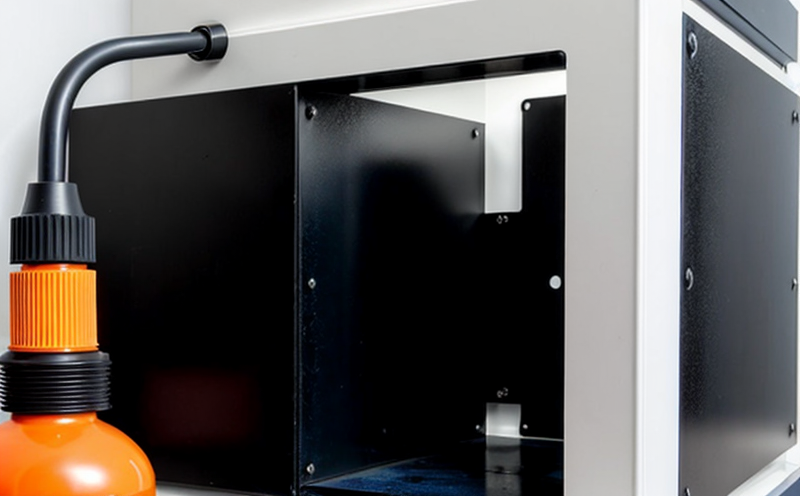ISO 20502 Scratch Resistance Testing of Ceramic Coatings
The ISO 20502 standard provides a comprehensive framework for the scratch resistance testing of ceramic coatings, which are critical in various sectors such as automotive, aerospace, and electronics. These coatings not only enhance durability but also improve aesthetic appeal by providing a smooth and hard surface that resists wear and abrasion.
The standard applies to both single-layer and multi-layer ceramic coatings applied to metallic or non-metallic substrates. It covers the testing of scratch resistance under controlled conditions, ensuring consistent results across different laboratories. The test is performed using a defined apparatus that simulates real-world scratching conditions, which are crucial for understanding how well the coating will perform in actual use.
The process begins with careful preparation of the specimen. This involves cleaning and drying the substrate to ensure no contaminants interfere with the testing results. Once prepared, the sample is mounted securely onto a holder compatible with the scratch tester used during the ISO 20502 procedure. The test itself involves applying a standardized scratching tool at specific angles and pressures according to the standard's requirements.
The acceptance criteria for this test are stringent, ensuring that only coatings meeting strict durability standards pass. This includes not only the resistance to scratches but also the integrity of the coating after such tests. By adhering strictly to these procedures, laboratories can ensure reliable data that helps manufacturers and researchers make informed decisions about their products.
The significance of this test cannot be overstated, especially for industries reliant on precision and performance. Automotive manufacturers, for instance, use scratch resistance testing to ensure the longevity of components exposed to harsh environmental conditions. Similarly, aerospace companies rely on these tests to validate coatings that protect critical parts from wear during launch and re-entry phases.
In summary, ISO 20502 provides a robust method for evaluating the scratch resistance of ceramic coatings, offering valuable insights into material performance under simulated real-world conditions. This ensures that products meet stringent quality standards, enhancing reliability and customer satisfaction across diverse industries.
Benefits
- Evaluates the durability of ceramic coatings against abrasion and wear.
- Ensures compliance with international standards such as ISO 20502.
- Provides reliable data for quality control and product development.
- Helps in selecting appropriate materials for various applications.
- Supports regulatory compliance and industry-specific requirements.
- Facilitates the comparison of different coatings to identify superior options.
Customer Impact and Satisfaction
The ability to perform ISO 20502 scratch resistance testing ensures that customers receive products with reliable performance characteristics. This testing process enhances customer satisfaction by providing assurance that the ceramic coatings used in their products will withstand environmental stresses without compromising on quality or functionality.
For businesses involved in manufacturing, this service translates into reduced warranty claims and increased customer loyalty due to the trust placed in the reliability of the products offered. Moreover, it supports continuous improvement efforts within companies by identifying areas for enhancement based on test results. This proactive approach fosters a culture of excellence that contributes significantly to long-term success.
Ultimately, the impact of this service extends beyond individual organizations; it contributes positively to overall industry standards and best practices. By adhering to international guidelines like ISO 20502, businesses demonstrate their commitment to innovation and quality, thereby enhancing their reputation among peers and stakeholders alike.
Competitive Advantage and Market Impact
The implementation of ISO 20502 scratch resistance testing offers significant competitive advantages. It enables companies to differentiate themselves by offering superior quality products that meet or exceed industry standards. This not only attracts discerning customers but also builds credibility within the marketplace.
By incorporating rigorous testing protocols into their operations, manufacturers can gain a strategic edge over competitors who may not adhere as closely to these stringent requirements. The ability to provide transparent, verifiable evidence of product performance through such tests enhances trust and fosters long-term relationships with partners and clients.
The broader market impact is equally substantial. As industries adopt more stringent testing methods like ISO 20502, there is an overall improvement in the quality and reliability of materials used across all sectors. This trend drives innovation towards developing even harder and more durable coatings, ultimately benefiting consumers globally.





